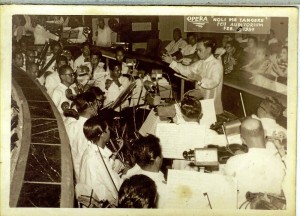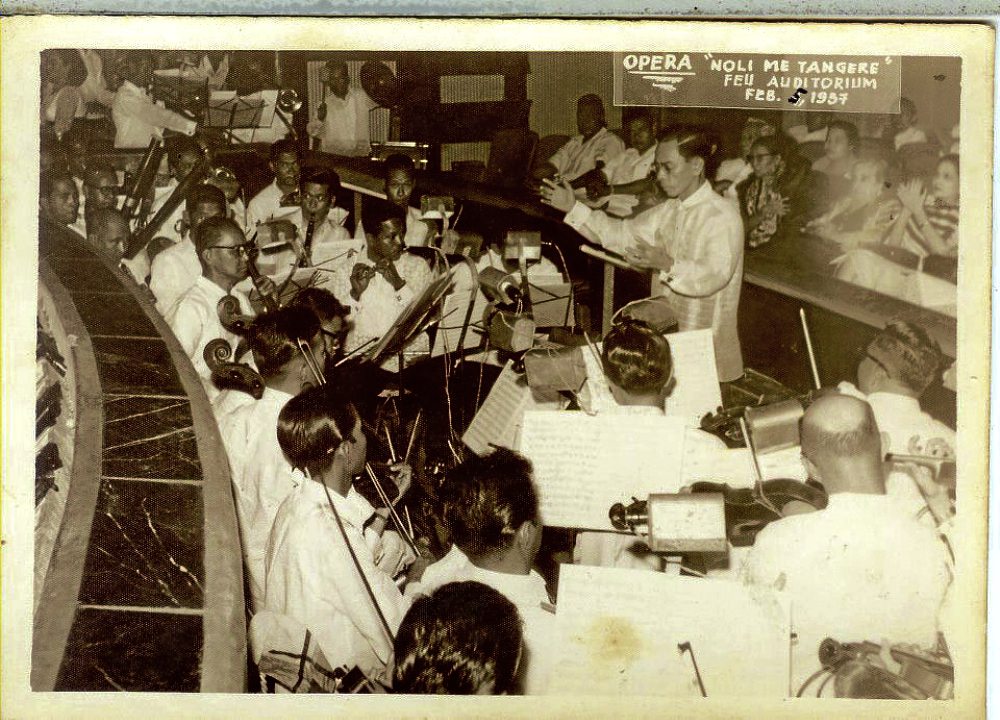
If you have covered the performing arts for 37 years, you have the advantage of learning and absorbing the essence of the arts—not from arts and humanities books—but from living and breathing music, dance, theater and film arts.
As you develop good taste through the years, you also uncover the real authentic talents and the fake ones. Those in a hurry to get famous do it by PR, and from my experience, no amount of massive PR can promote a minor talent.
Artists with phenomenal talents attract the audiences they deserve, and the merely good but determined ones get their share of loyal audience following and actually help keep the arts alive.
Thus, I know who are the real national treasures—as well as the national embarrassments. I write this as I read accounts of artists who should have been National Artists or those who now deserve it.
Painter Anita Magsaysaty-Ho—who passed away last week—is more than deserving of the National Artist citation. But she married a foreigner and took her husband’s citizenship.
I consider Bienvenido N. Santos a first-rate writer and his body of works depicting the loneliness of Filipinos here and abroad makes him worthy of the National Artist citation. But he also took American citizenship.

Some quarters say Nora Aunor, Vilma Santos and Dolphy deserve to be National Artists. Not all their output are worthy of critical acclaim but they have certainly appeared in exceptional movies made more memorable by their exceptional performances.
The previous administration made a mockery of the award by declaring a filmmaker (known for his “massacre movies”) as National Artist for Film.
The National Artist Award is—to quote the awards guideline—“to recognize Filipino artistic accomplishment at its highest level (emphasis mine) and to promote creative expression as significant to the development of a national cultural identity.”
The same guidelines say that the National Artist Award is a symbol of honor of the nation’s highest ideals in humanism and aesthetic expression.
Based on this guideline, pianist Cecile Licad, soprano Evelyn Mandac, singing actress Lea Salonga and dancer Lisa Macuja are more than qualified to be National Artists.
Their accomplishments—confirmed by both national and international critics—represent Filipino artistic accomplishment at its highest level. Their recent performances at the CCP was a showcase of Filipino artists at their best.
Even with these lofty objectives, the award may be sidetracked by unreasonable criteria.
There is a pattern in the awards selection that tends toward the view that only those who are dead or dying deserve the awards.
A few of our national treasures in the arts remains in the waiting list for the National Artists Award.
They have dedicated all their lives to their art and got honors not just here but mostly abroad.
As the selection for the next batch of National Artists progresses, we hope we don’t get candidates who meet all the technical criteria but fall short of the main objective, and that is to honor Filipino artistic accomplishment at their highest level!









































